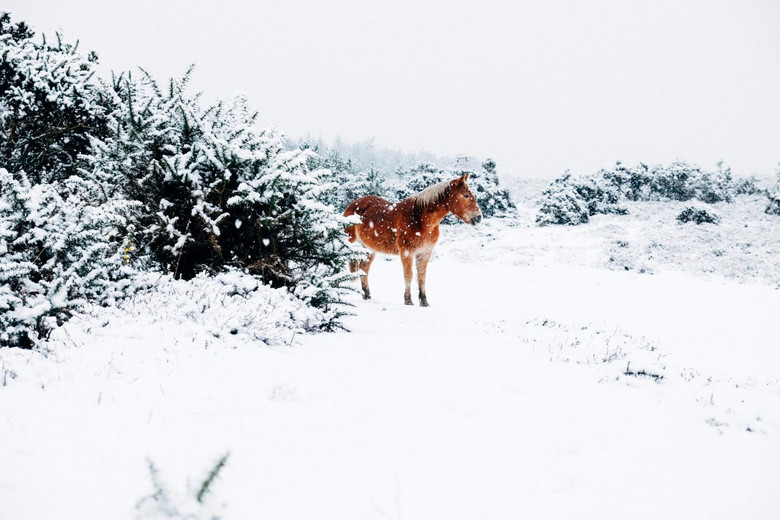Winter Hoof Care
Posted by aktivadmin on 13th Feb 2020
As all riders and horse owners know, keeping on top of hoof care and maintenance is vital in producing a healthy, comfortable and well-performing horse. While the basics of hoof care may not change from season-to-season, there are a few extra steps to take during the colder months, especially if you are located in a region that receives a fair amount of snow.
Here are our top tips for Winter Hoof Care to ensure comfort for your horse during the colder seasons:
1.) Pick Hooves Regularly
While this first point may seem obvious, it is still important to remember. Mud is unavoidable during the winter months which is why picking your horse’s hooves before and after every ride is vital. It reduces the risk for injuries, such as sole bruising and abscesses, and keeps horses comfortable during chillier months.
2.) Provide Extra Traction and Grip
The last thing any rider wants to participate in is a horse who slips across icy ground. Take time to address particularly dangerous areas of your property by adding ground cover such as sand or salt.
A farrier will also be able to determine whether shoes with extra pads or ice calks make sense for your horse and their workload. Your horse (and you!) will appreciate the extra traction.
3.) Pamper Your Hooves with Special Shoes, Extra Conditioning and Cushioning
Snowballs forming under hooves are common while riding horses with snow on the ground. However, there are specific measures you can take to potentially avoid this uncomfortable situation for your horse. Talk to your farrier about fitting your horse for winter-ready shoes with special pads. A DIY solution to prevent the build-up of snowballs in your horse’s hooves is to apply a layer of petroleum jelly to their soles before riding in the snow.
In addition to winter ready shoes, consider protecting hooves from knocks (which can be extra painful in the colder temperatures) with an appropriate set of boots.
4.) Don’t Skip Farrier Visits
farrier visits are just as vital during the winter months. In fact, it’s just as important if not more. Farriers will be able to diagnose abscesses or sole bruises and help alleviate pain due to these conditions.
Having your farrier fit your horse with special shoes can help lessen the risk of winter related injuries to their hooves and legs.
Bonus tip: Lighten the workload whenever possible
When possible, lessen the workload your horse is enduring during icy and snowy conditions. Much like humans having to exert extra power and effort when walking through deep snow, so do horses. Consider riding for shorter periods of time in order to put less strain and pressure on horse’s hooves and legs.
Caring for your horse’s hooves can seem like a daunting task, but with the help of a farrier and the selection of supplies and equipment we carry you should be able to provide a safe and comfortable winter for your horse!
In addition to winter hoof care, here are some other riding tips and advice to get through the season.



